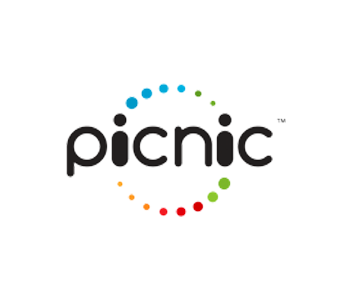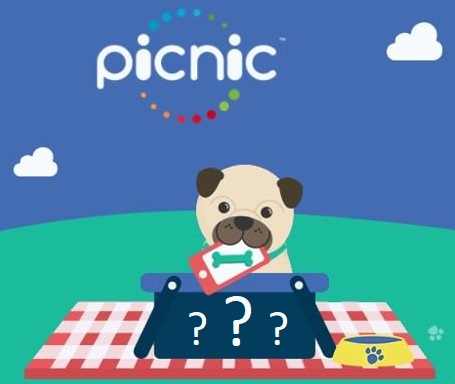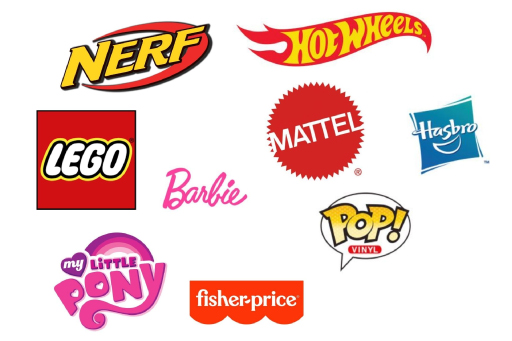Starbucks Case Study: The Shelf-life of Extrinsic Rewards
jodithepug
Posted on January 11, 2024 - 0 Comments

by Steve Bocska
Once upon a time in the not-so-distant past, Starbucks introduced a now-ubiquitous points system that revolutionized customer loyalty programs. Picture the scene: bustling coffee shops, baristas crafting lattes with artistic flair, and customers, smartphones in hand, eagerly collecting stars. Each purchase wasn’t just a transaction; it was a step closer to the coveted reward – a free drink. This system, simple yet ingenious, was based on a straightforward premise: collect stars, get free coffee. It was a hit, creating a buzz and drawing customers into a world where their morning coffee ritual earned them more than just a caffeine kick.
However, as the chapters of time turned, a subtle shift occurred. The excitement that once sparkled around the Starbucks stars began to fade. The thrill of accumulating points gave way to a sense of routine. Customers still valued their free drinks, but the emotional connection, that initial rush of excitement, started to ebb. The stars, once a beacon of anticipation, gradually turned into a mere token, a part of the routine with diminished allure. This shift highlights a critical challenge in customer engagement strategies: the reliance on extrinsic rewards and the underestimation of their declining impact over time.
To understand this phenomenon, we must dive into the realms of psychology. Extrinsic rewards, like the stars in Starbucks’ system, are external incentives. They are effective in driving initial engagement but tend to lose their impact as they become expected parts of the experience. In contrast, intrinsic rewards are internally driven. They are about personal satisfaction, joy, and a sense of belonging. These rewards tap into deeper emotional and psychological needs – the pleasure of sipping your favorite brew, the warmth of recognition from your favorite barista, or the comfort of a familiar, cozy corner.
In 2023, Starbucks made changes to its Rewards program to evolve with market dynamics and customer preferences. These adjustments were primarily focused on the redemption process of “Stars,” the points system integral to the program. One of the key changes was the increase in the number of Stars required to redeem certain rewards. Items that were previously redeemable for 50 Stars, such as hot coffee, tea, and select bakery items, saw an increase to 100 Stars. Starbucks also reduced the number of Stars needed for certain items. Iced coffees and iced teas, excluding specific varieties like cold brews and iced tea lemonades, saw a decrease from 150 to 100 Stars. Packaged coffee, which was previously redeemable for 400 Stars, was adjusted down to 300 Stars. These reductions in Star requirements for specific items were aimed at maintaining customer engagement and providing varied options for reward redemption.
The method by which customers earned Stars remained unchanged. Customers continued to earn two Stars for every dollar spent at Starbucks. This consistency in the earning process was crucial in ensuring a seamless experience for customers amidst the other changes to the program. Starbucks enhanced its focus on digital and mobile ordering experiences, including the introduction of locations exclusively for mobile orders, drive-thru, or pick-up. Such initiatives catered to the growing trend of digital ordering and convenience, reflecting the changing consumer behaviors and preferences in the coffee retail sector. Importantly, Starbucks retained key perks of the Rewards program, notably the popular free Birthday Reward and the reusable cup perk, which provides 25 Stars to members. The decision to maintain these beloved elements of the program was essential in retaining customer loyalty and engagement. These changes signified the company’s commitment to evolving with its customer base, balancing the need to adapt their rewards system with the goal of driving business growth and maintaining customer satisfaction.
The key to sustainable engagement involves balancing extrinsic and intrinsic rewards. The extrinsic rewards are the attention-grabbers, drawing the customer initially in. But it’s the intrinsic rewards that create a lasting, memorable experience. Intrinsic engagement is about creating experiences that resonate on a personal level. It’s about making each visit to Starbucks more than a transaction – it’s a part of the customer’s story. This could be through personalized interactions, community events, or ethical practices that align with customer values. The goal is to create a connection that goes beyond the product, fostering a sense of belonging, a feeling that “this is my place, my part of the day.” Brands like Starbucks must always stay attuned to the changing expectations and values of their customers. Loyalty programs must evolve, blending the allure of rewards with the depth of meaningful experiences. Starbucks, and indeed any brand looking to thrive in this dynamic environment, must continue to innovate, to find new ways to engage both the wallet and the heart.
Starbucks shows how initial excitement can be transformed into lasting loyalty through a deep understanding of human psychology and the art of balancing rewards. It’s a reminder that in the quest to win customers, the true victory lies in winning their hearts.
Keep Reading...

World of PUG Blog April 3, 2024
PUG Announces Launch of AI-Driven Intelligent Rewards System (IRS)
by Steve BocskaPress ReleaseFOR IMMEDIATE RELEASEPUG Interactive Launches Intelligent Rewards

World of PUG Blog April 3, 2024
PUG Interactive Unveils InsightPulse: A Revolutionary Predictive AI Analytics Dashboard
by Steve BocskaPress ReleaseFOR IMMEDIATE RELEASEPUG Interactive Unveils InsightPulse: A

World of PUG Blog March 21, 2024
Building Bonds: The Future of Family-Focused Loyalty Programs
by Steve BocskaThe children's toy industry, home to iconic brands


